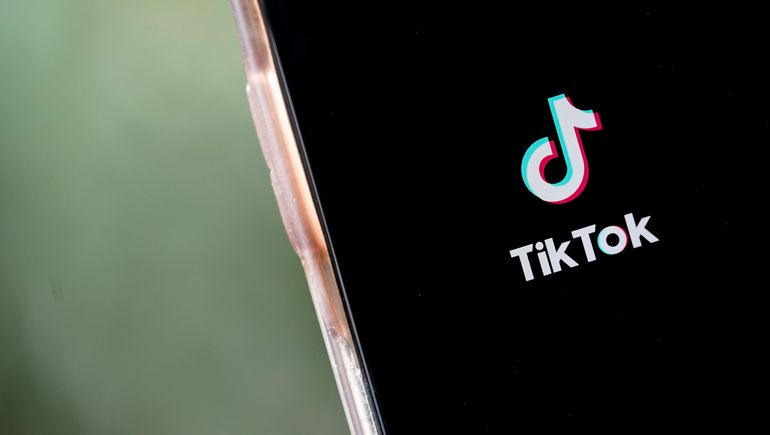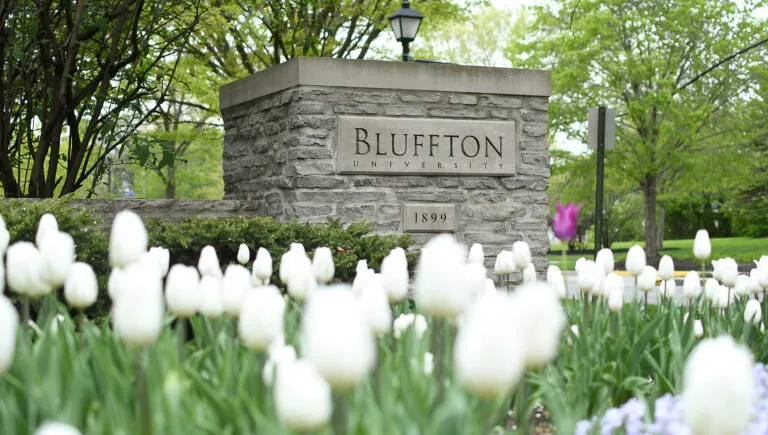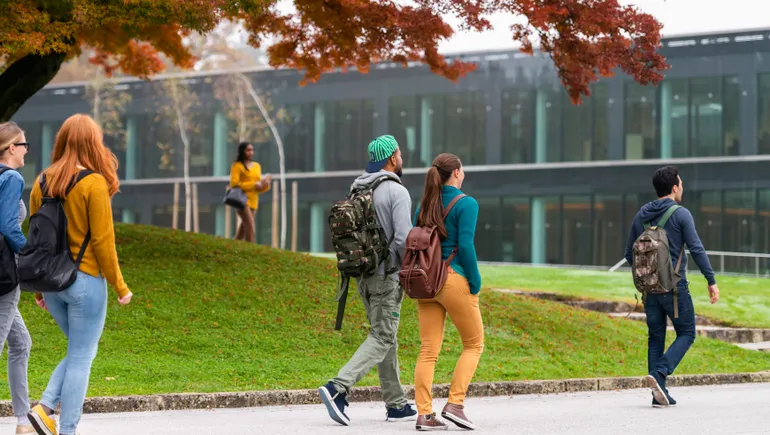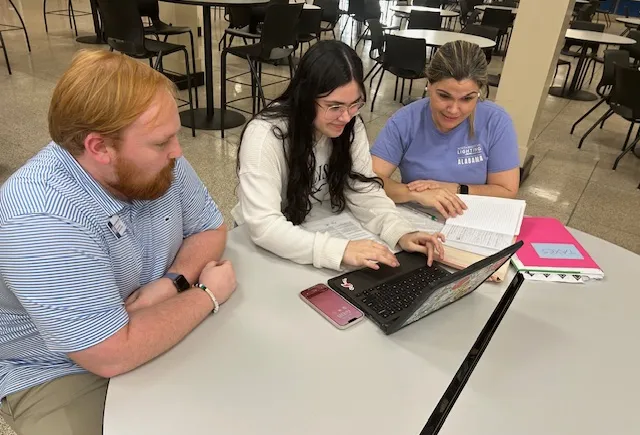[ad_1]
How do we break this cycle of misunderstanding and ensure that when we build trust in our classrooms, it goes beyond the surface level? How do we know for sure, both in what we observe and in what students share, that they know we believe in them as people and as learners?
When we work on implementing the second stage of hands-off teaching by building trusting relationships that promote academic rigor and risk-taking, we do not have to reinvent our methods from the ground up. Instead, we can think about how some of our most tried-and-true activators both align with the content we teach and promote strong relationships. The list below contains possible activity ideas that allow us to accomplish the joint goal of fostering meaningful connections with students while incorporating what we teach as it fits.
Details dump
Before teaching new content, put students into teams. Each team is given broad-strokes information about what the new learning is (i.e., topic, possible themes, etc.). In their teams, students must write down as many details or pieces of information about the content as they can collectively brainstorm within a specific timeframe When finished, each group posts its results. The team that “wins” has the highest number of accurate details. After the activity ends, the teacher can use what students already know to inform and tailor instruction.
Tweet it!
Using the Twitter 280-character limit, ask students to “tweet” a summarizer of the day’s lesson on a shared class document or board. These tweets can be discussed at the close of class or the opening of the following day’s learning, and the teacher can also use the tweets to check for understanding.
Love, love not
Ask students to share one element of the previous day’s lesson they enjoyed or benefited from and one they felt was not as helpful. This quick feedback method allows for more targeted planning as units proceed and also helps us gain a deeper understanding of how our students prefer to learn.
A picture is worth …
Display an image that somehow connects to the learning goal. Ask students to brainstorm a question or comment about how the image might relate to the topic or content at hand. Students can share their contributions any number of ways, and their responses will help guide the teacher to next steps.
20 Questions
To modify the popular road-trip game, one student thinks of a course-related topic or idea while the class takes turns asking 20 questions to determine the answer. After a few rounds, students are usually in a more engaged mindset for active learning.
What if?
Ask students to brainstorm a “What if?” question about course content. In history, it might be a change in an event. In English, it might be about a literary plot. In math, it could be a different pathway to solving a problem. Once students share their questions, the class can work on answering the “what if” scenarios in a variety of ways, either in groups or individually.
One thing
Ask students to think about the “it” of the day’s lesson, or the one most important idea they will take away. Students can record this in any number of places. It is the teacher’s decision to share out in that moment, or to use the responses in an activator the following class period.
All of these activities share some commonalities. The provided options work in multiple content areas, in multiple ways. They can be adapted to suit teacher or student preference, not to mention be conducted pretty much anywhere, from remote locations to a physical classroom space. These activities also help to build meaningful academic interactions and allow relationships to grow not just consistently but in conjunction with curriculum goals. Essentially, when we build activities that are both engaging and relevant into our instruction, we communicate a belief that we not only like the students in front of us but also believe in them — and that is far more powerful.
 Miriam Plotinsky is an instructional specialist with Montgomery County Public Schools in Maryland, and the author of “Teach More, Hover Less: How to Stop Micromanaging Your Secondary Classroom.” Also a National Board Certified Teacher and certified administrator, she lives in Silver Spring, Maryland.
Miriam Plotinsky is an instructional specialist with Montgomery County Public Schools in Maryland, and the author of “Teach More, Hover Less: How to Stop Micromanaging Your Secondary Classroom.” Also a National Board Certified Teacher and certified administrator, she lives in Silver Spring, Maryland.
[ad_2]
Source link









